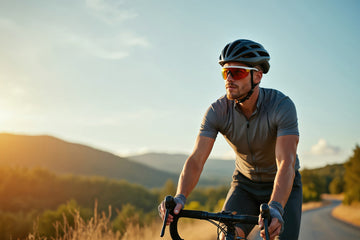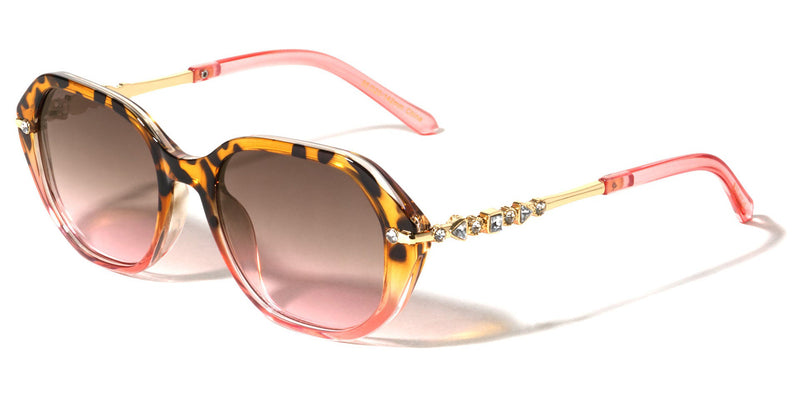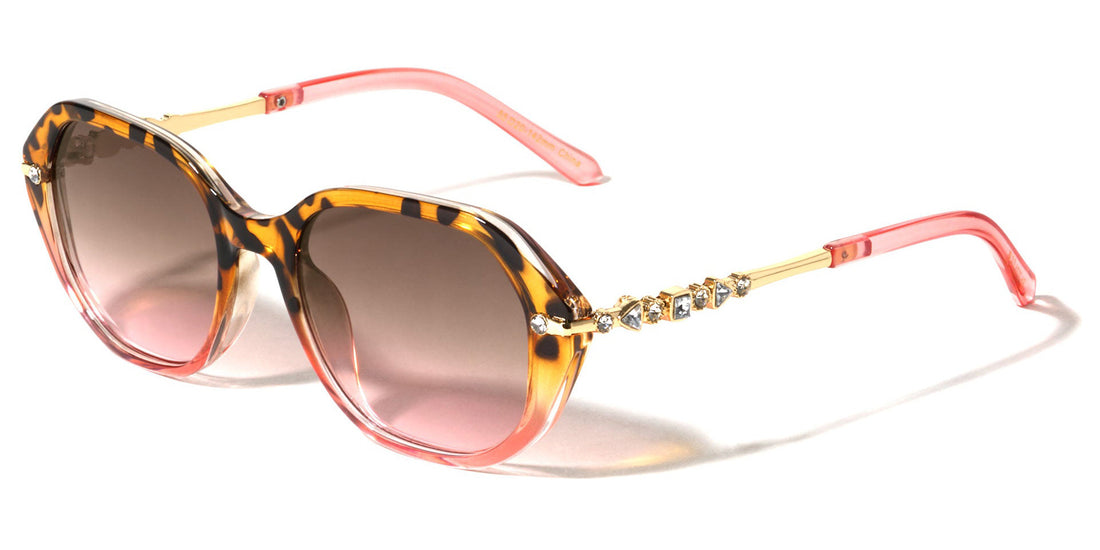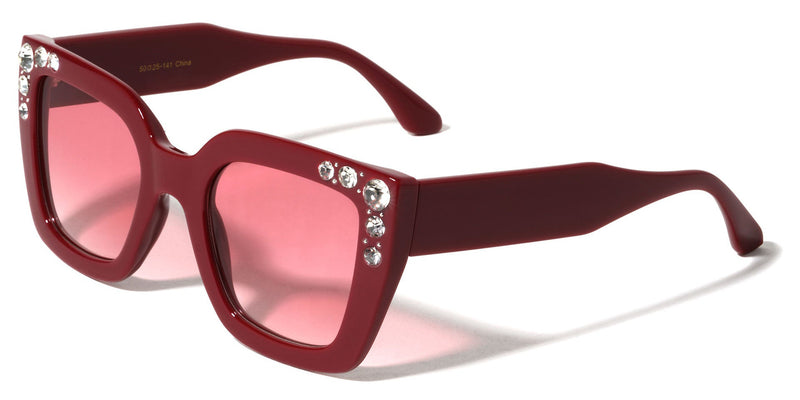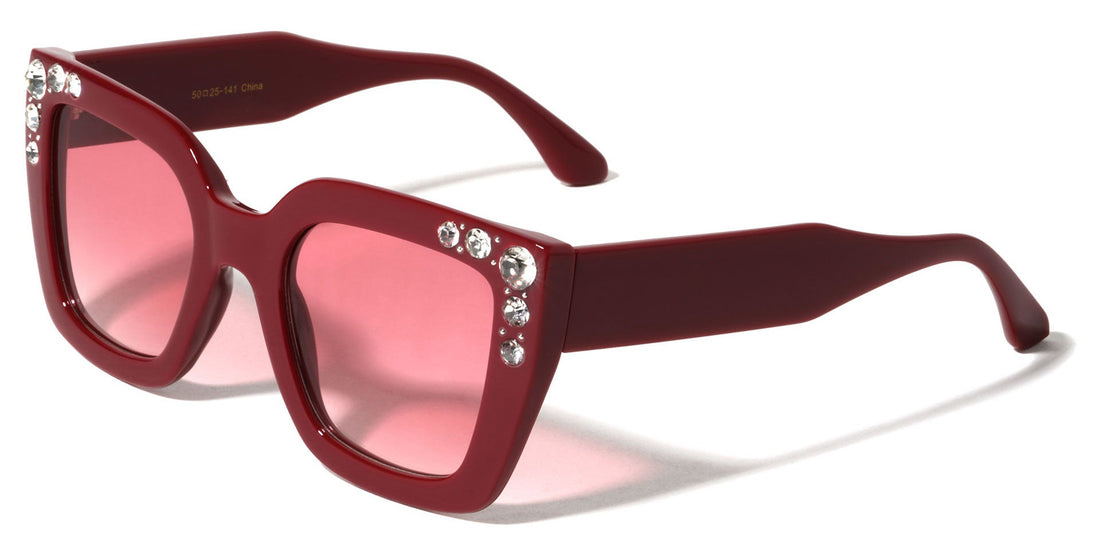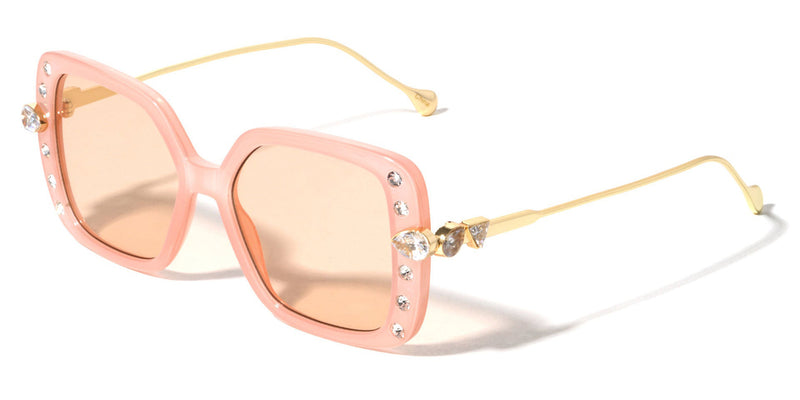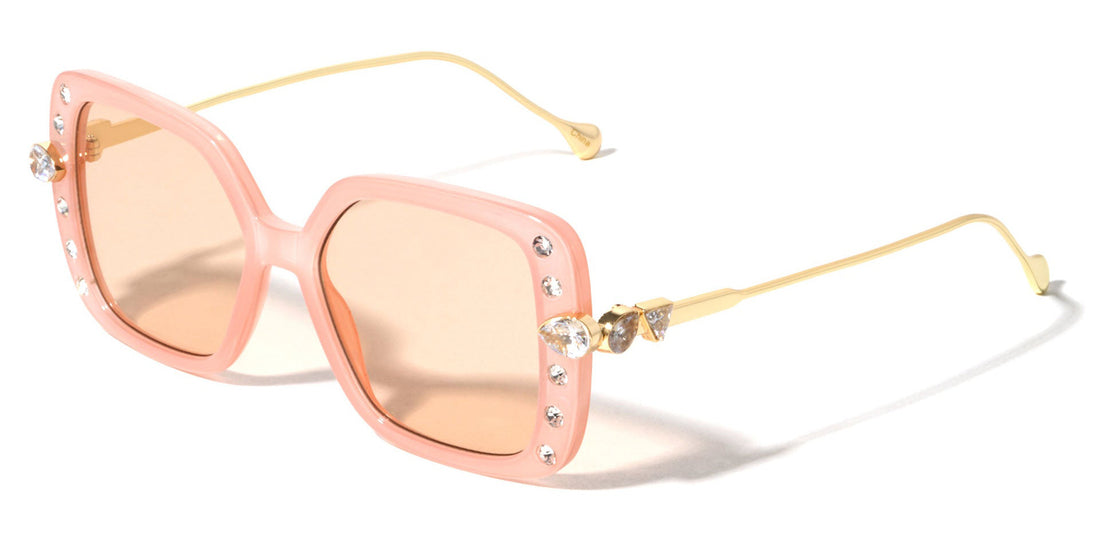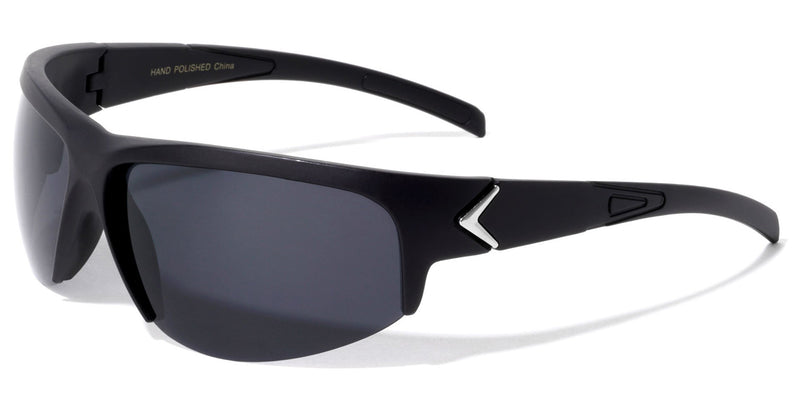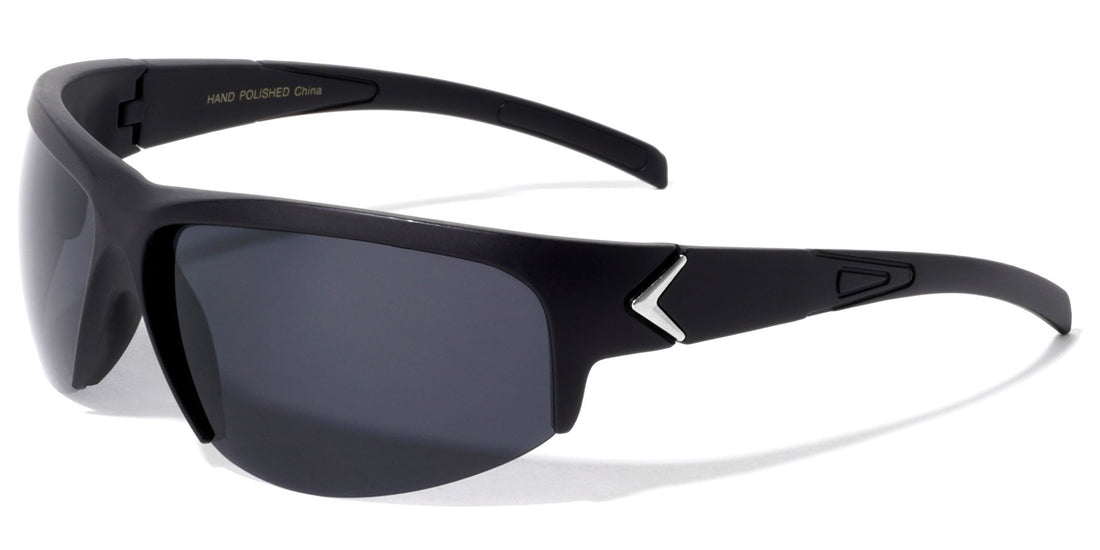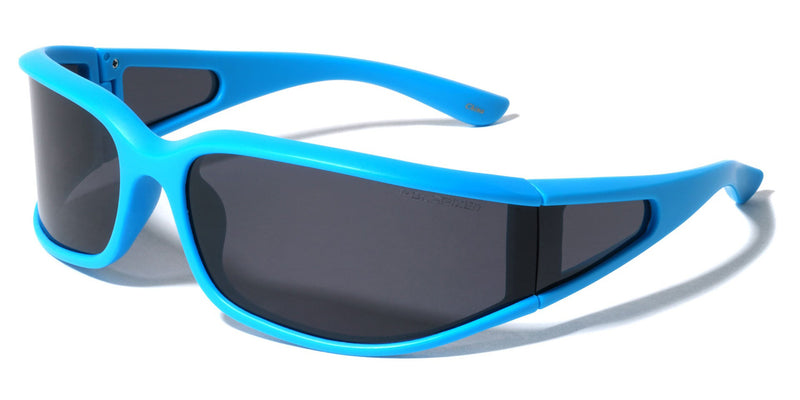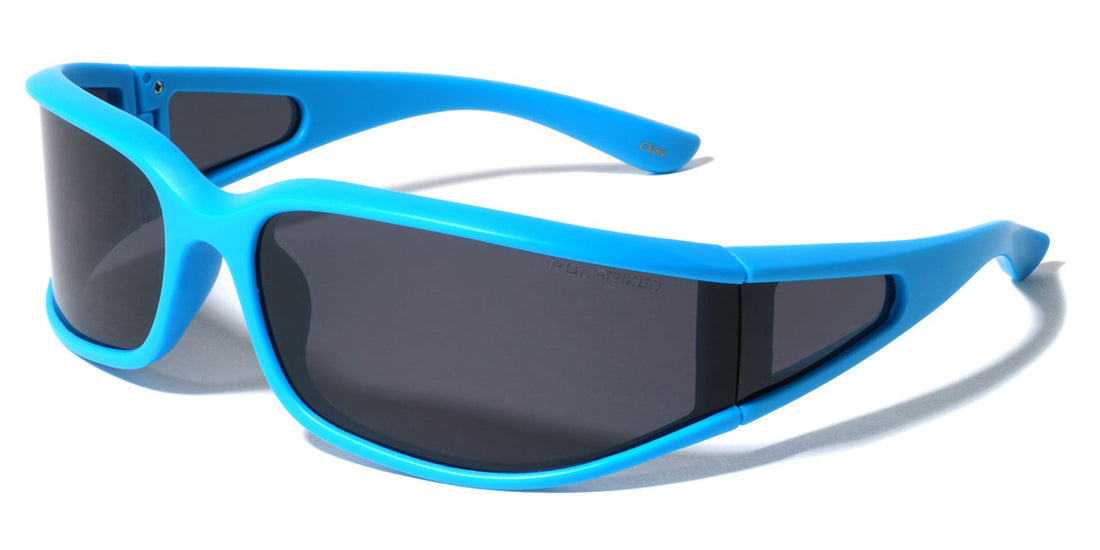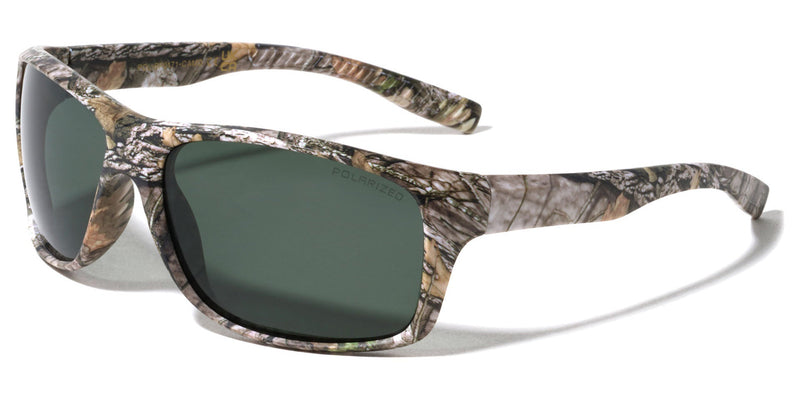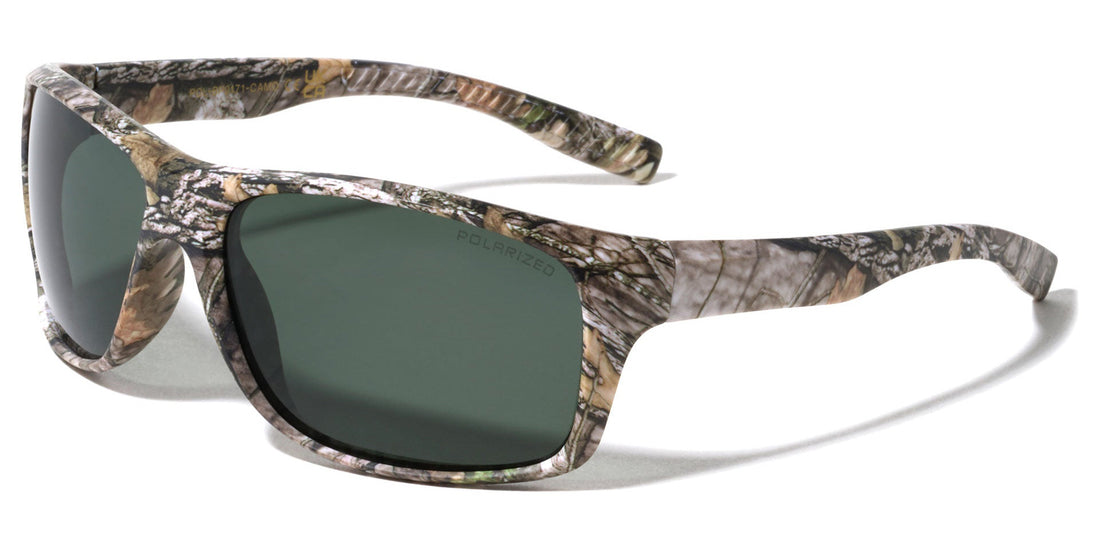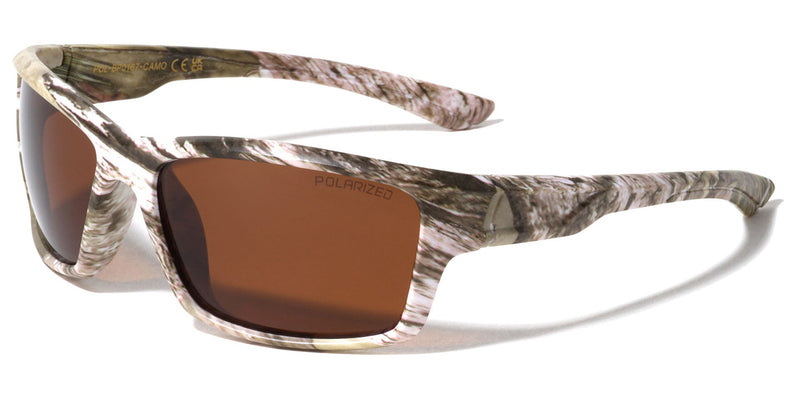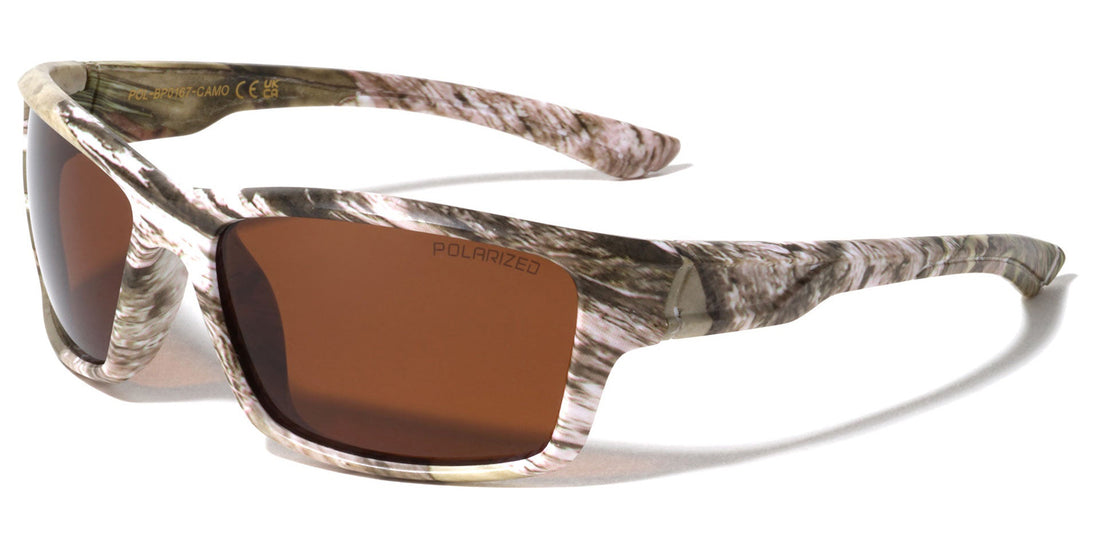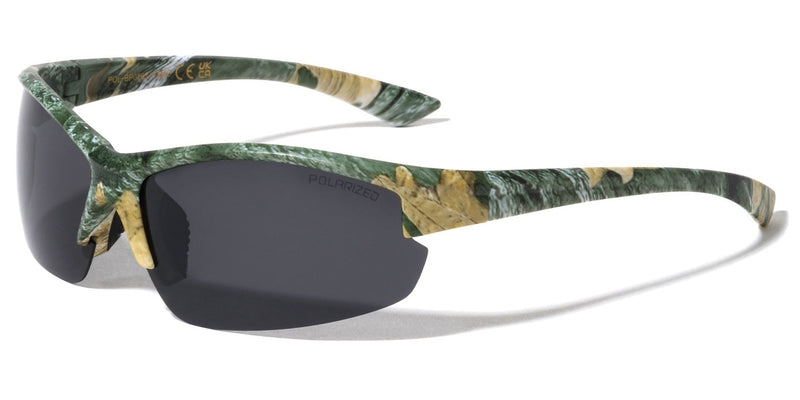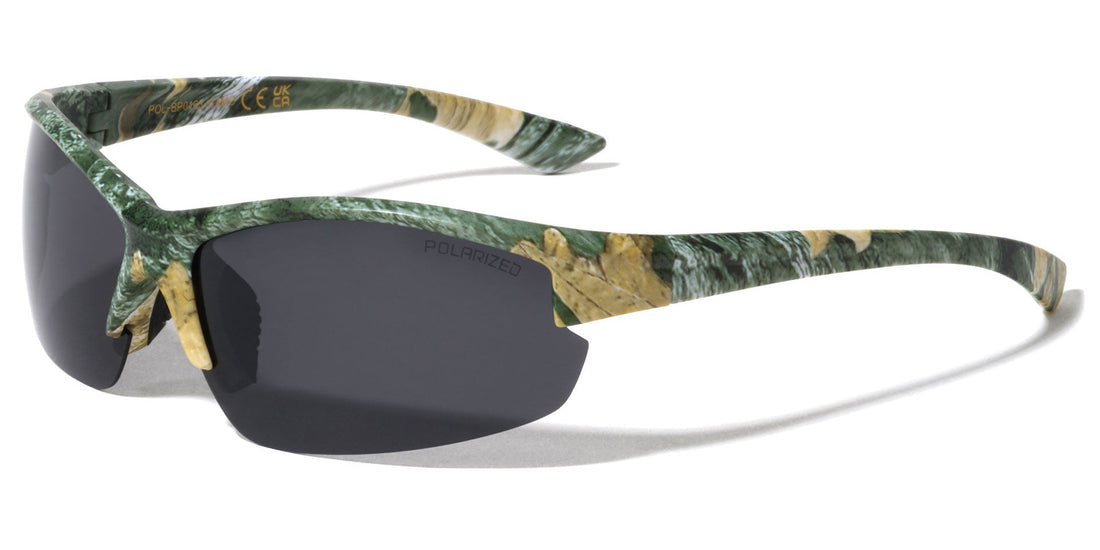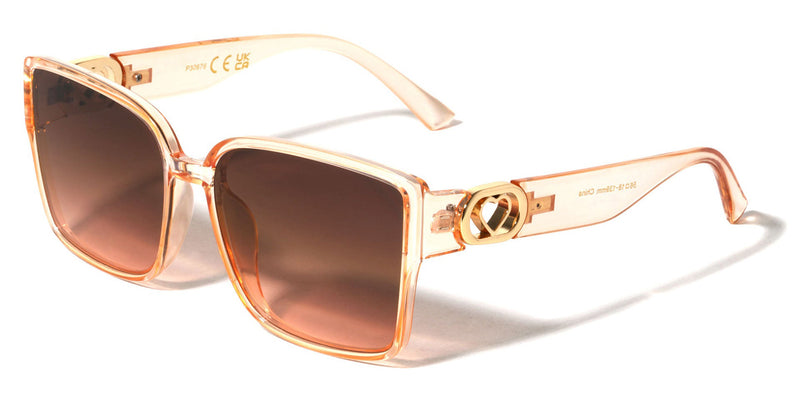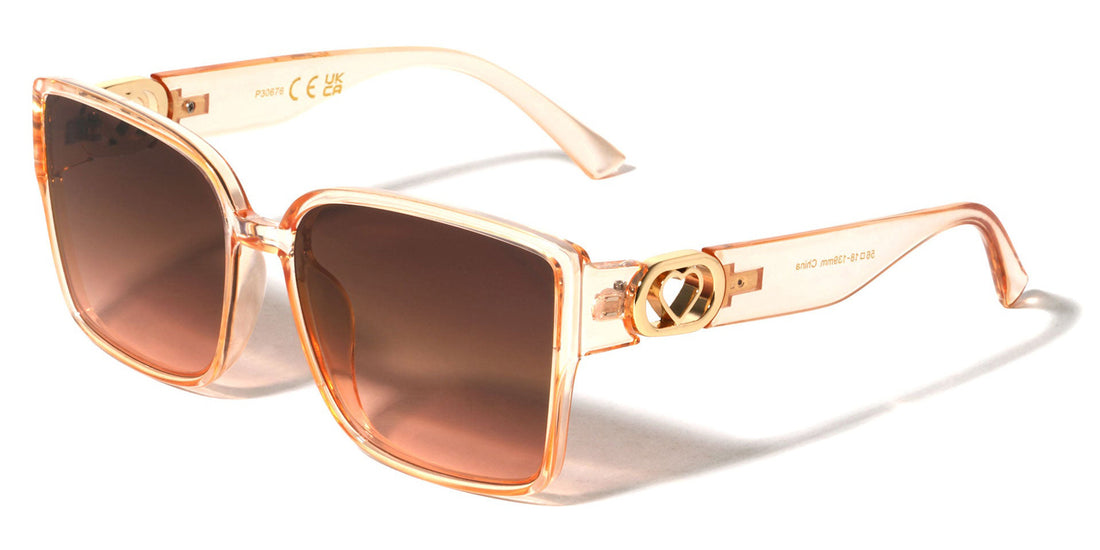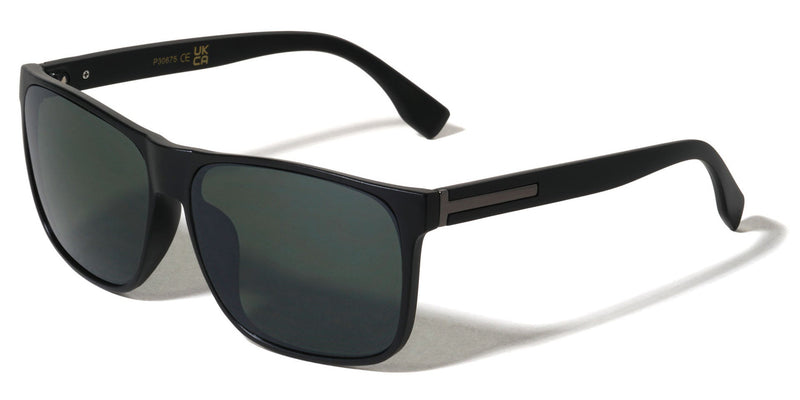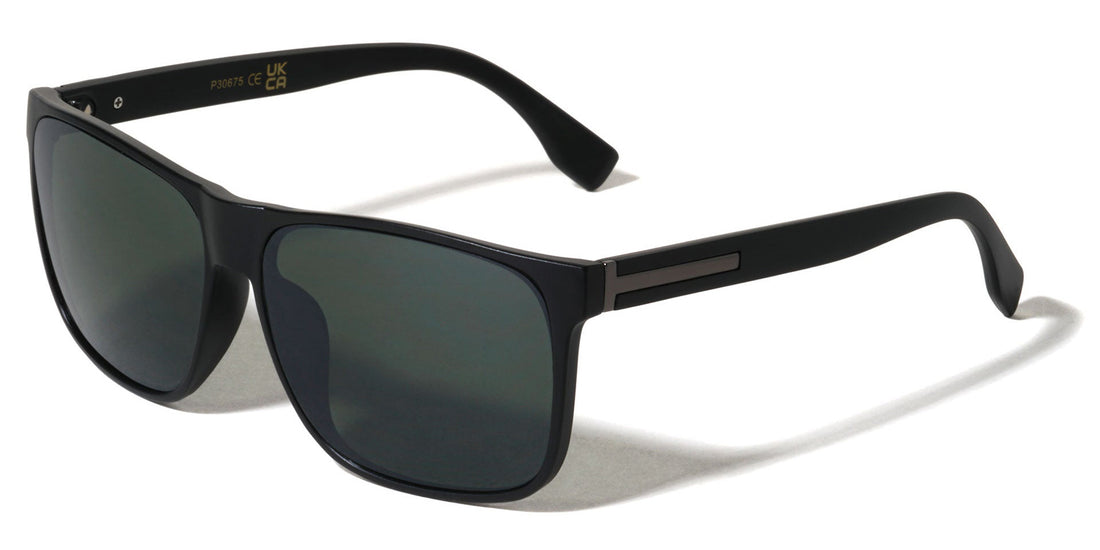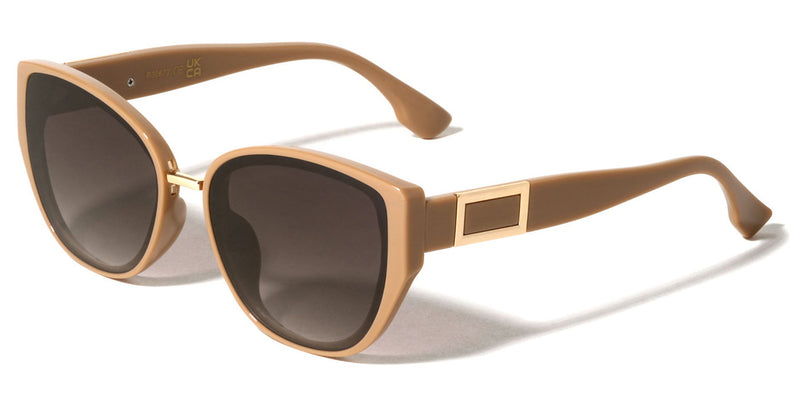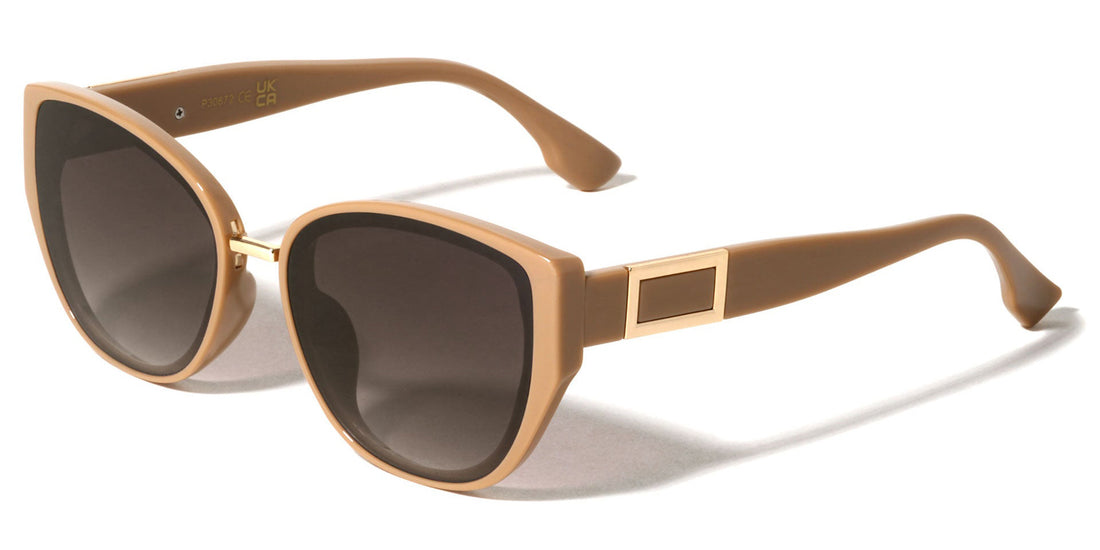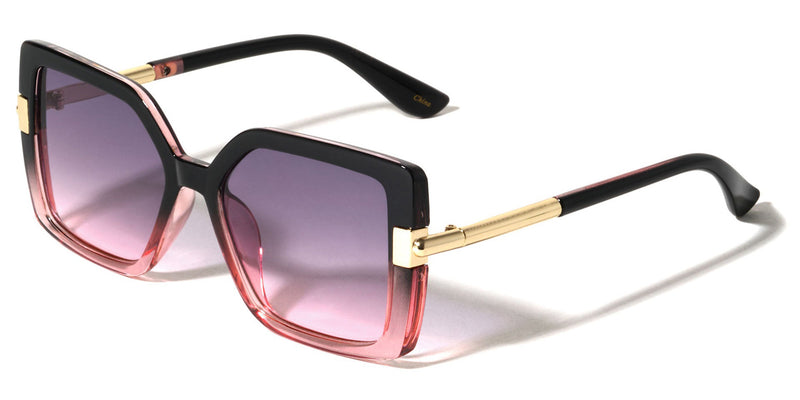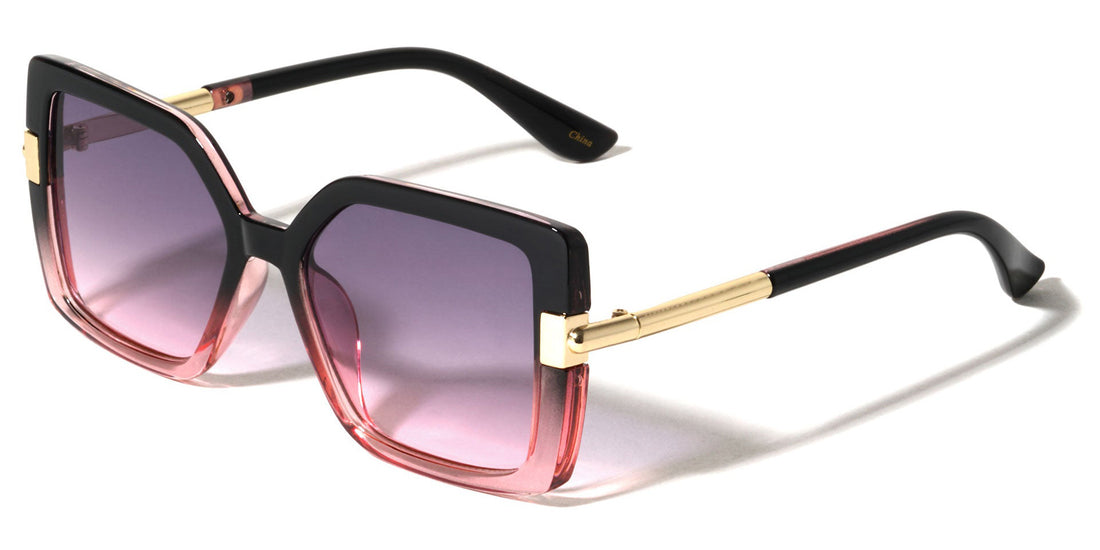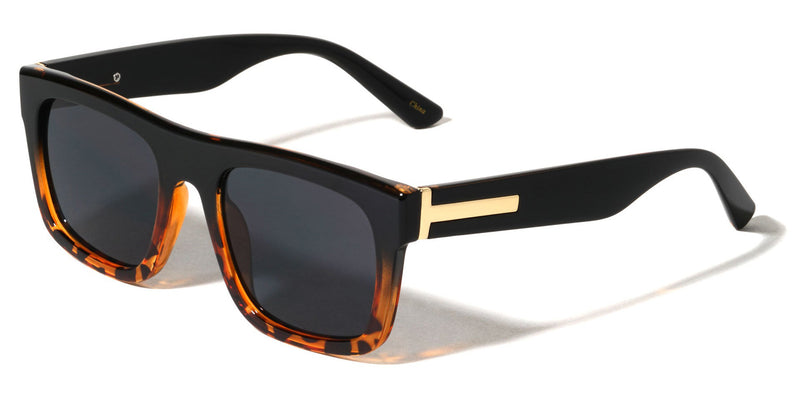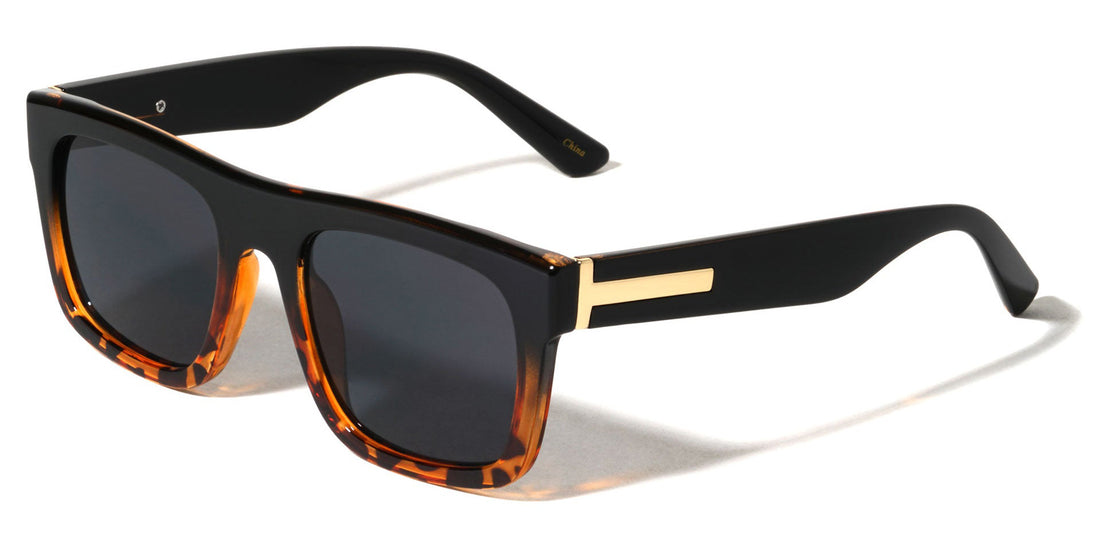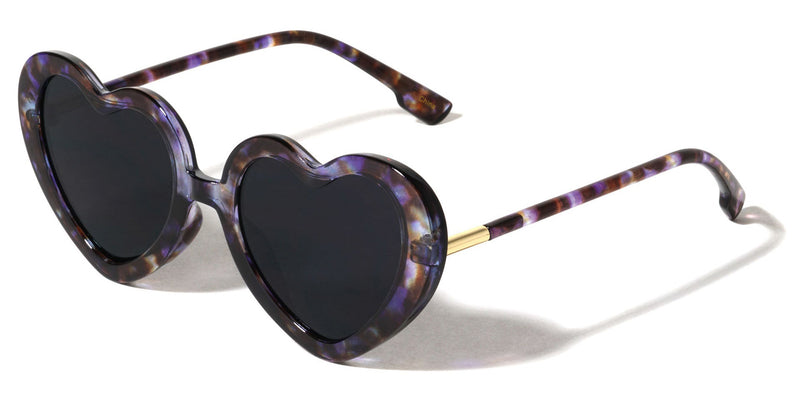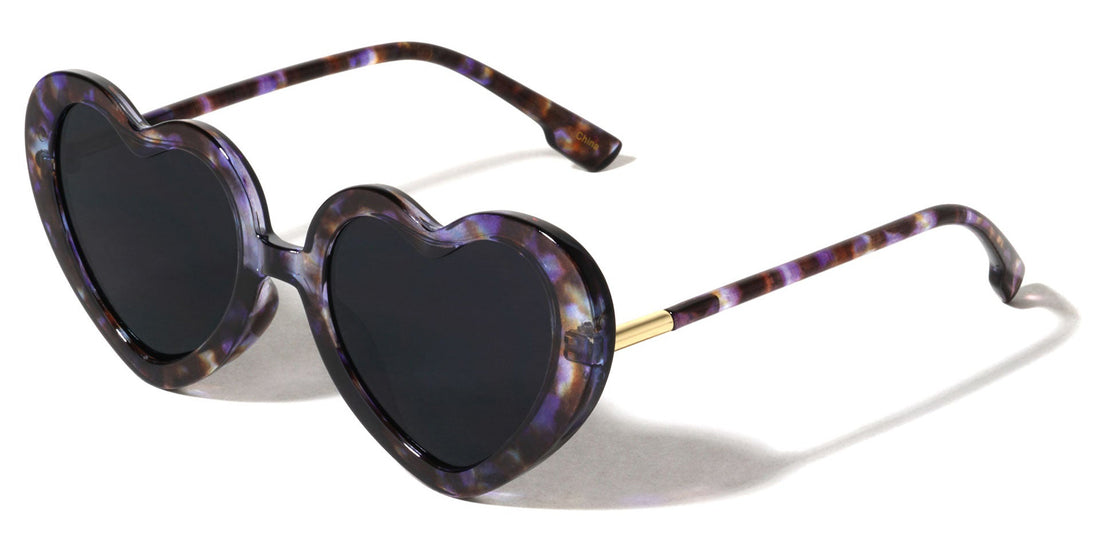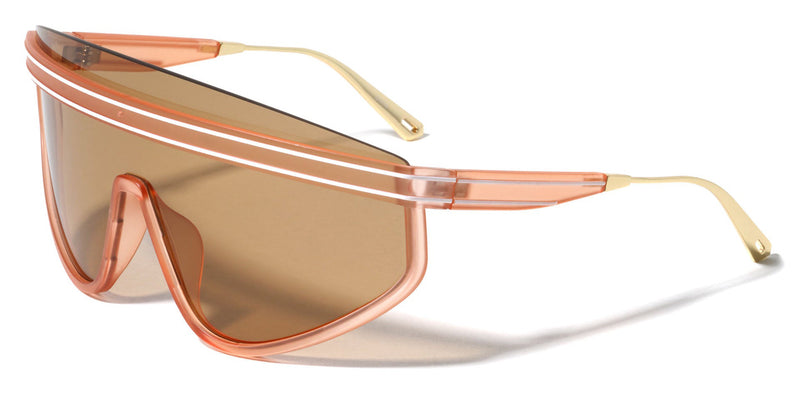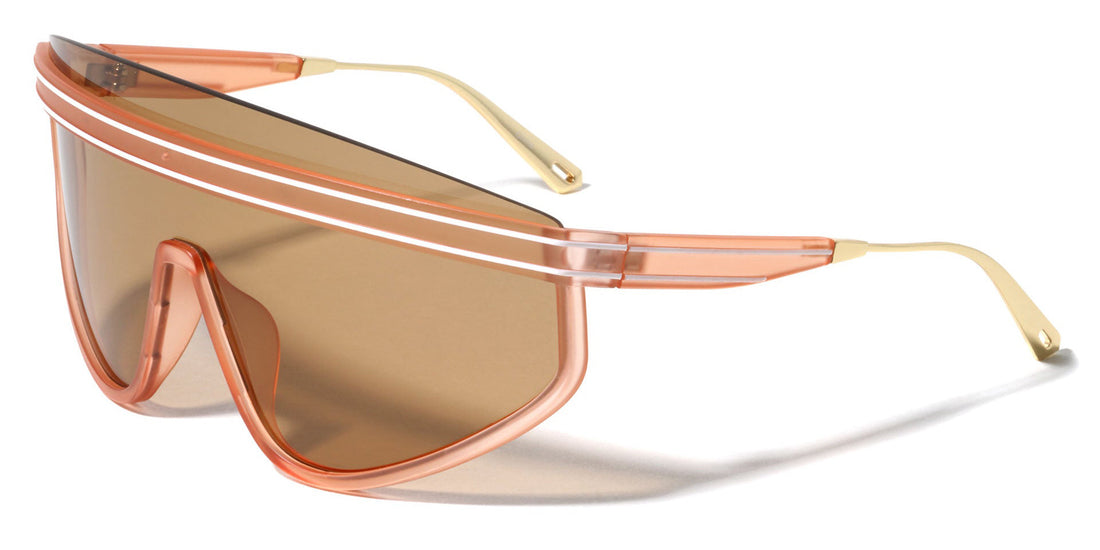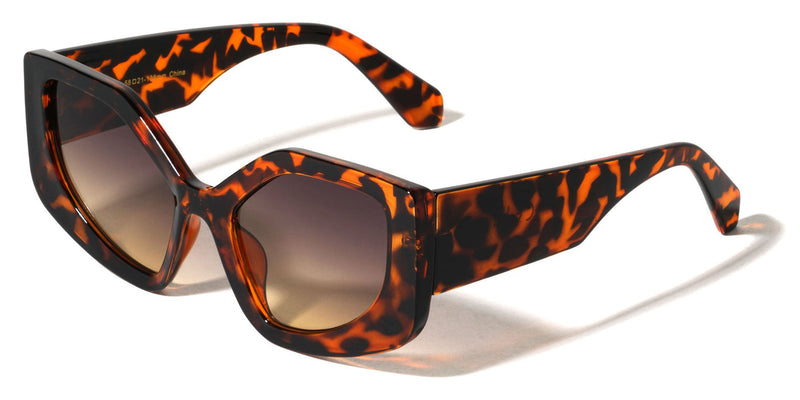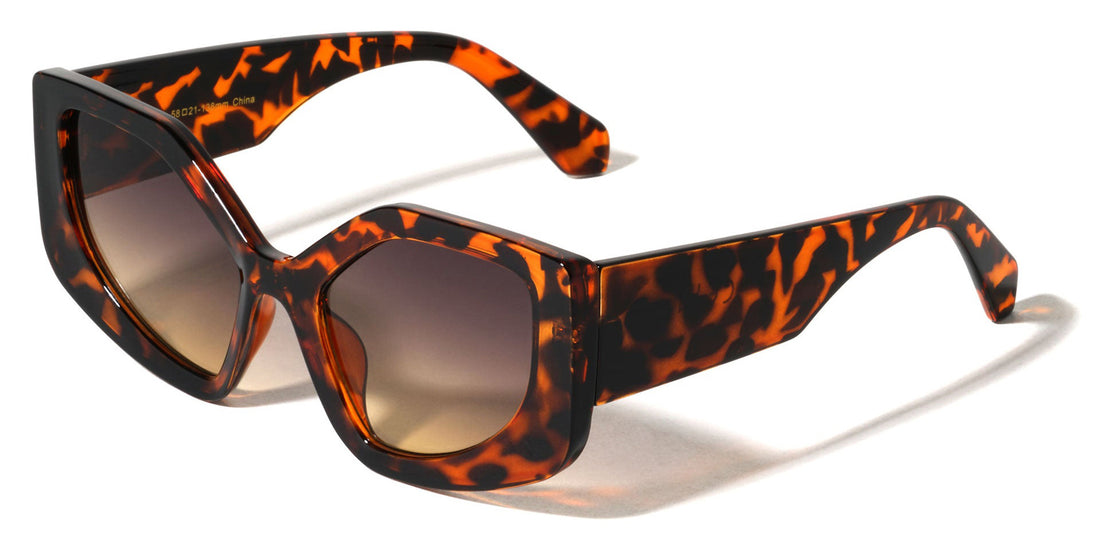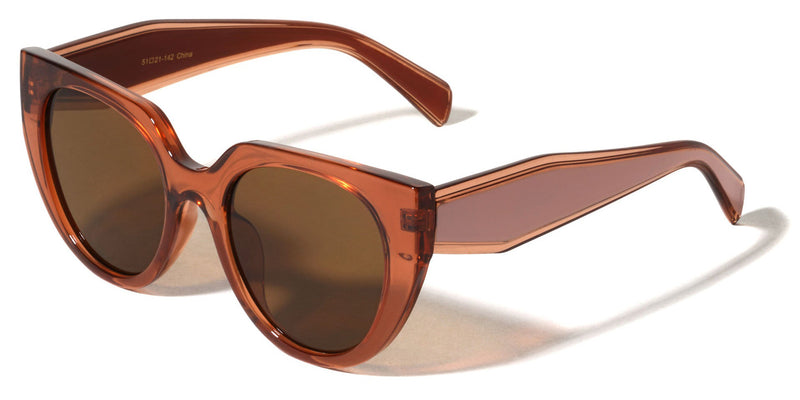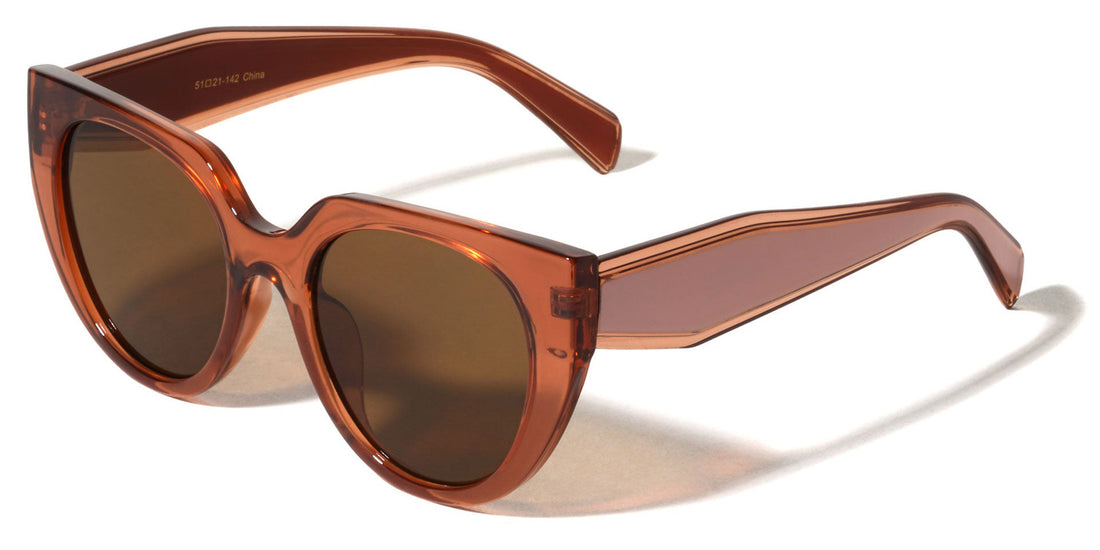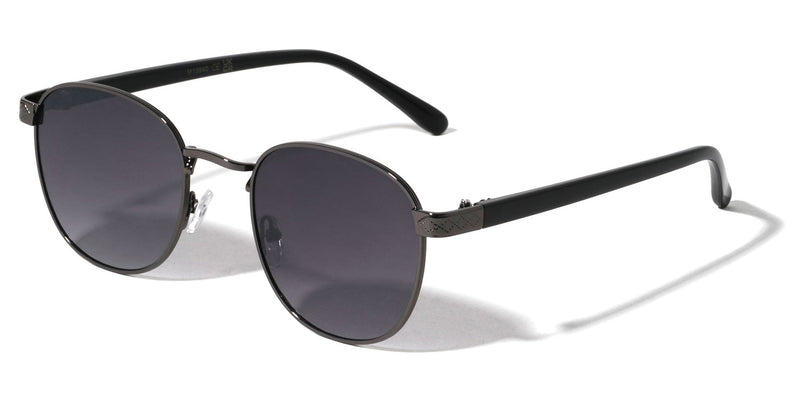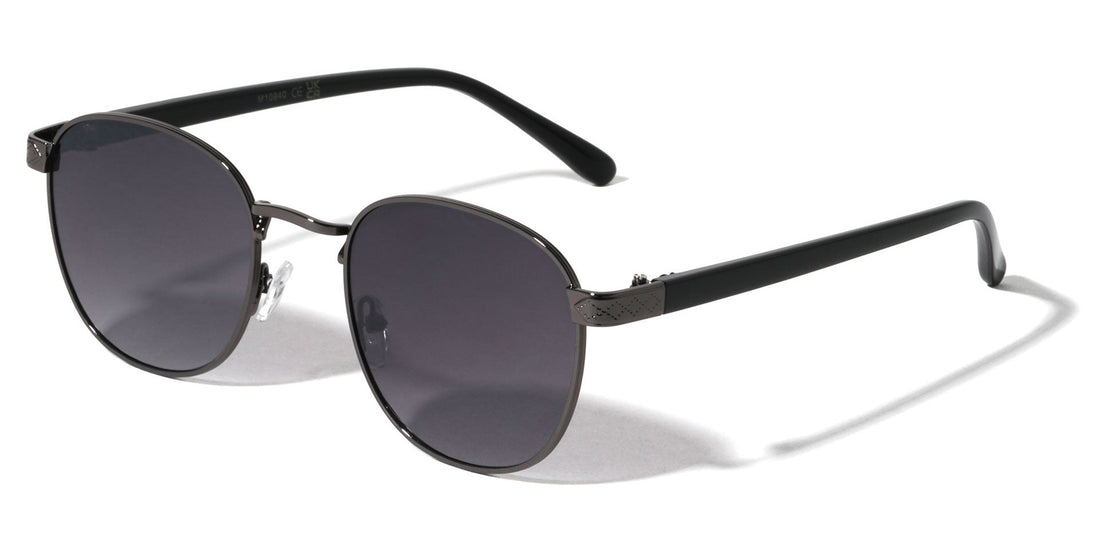A lot of eye injuries that happen while indulging in sports can actually be prevented by wearing the appropriate eye gear. With these, you can avoid:
- Snow blindness and other injuries caused by exposure to the sun. The sun emits ultraviolet light that can cause a number of diseases – macular degeneration, cataract, even skin cancer in the surrounding areas of the eyes. This is especially magnified in the presence of water or snow, where the reflection of the sun's rays make the damage it does more intensified.
- Piercing eye injuries. Flying debris, broken glass, stray branches and other elements can cause your eyes to be cut or pierced. This can be painful.
- Black eyes and impact injuries. Getting hit by an object with considerable force can happen while indulging in sports. You have flying elbows, balls, bats, rackets and other implements used in sports that can hit and harm. These can result in black eyes, a ruptured eyeball or even cracks and broken facial bones.
Sunglasses for Every Sport or Outdoor Condition
When indulging in sports, it is best not to wear wayfarer sunglasses or X-Loop sunglasses, which may not provide adequate protection. There are a variety of wholesale sunglasses that you can choose from that can provide your eyes with the protection they need.
For improved performance, manufacturers have designed a wide variety of sunglasses to fit every requirement. These are usually made using polycarbonate lenses because these don't easily break and scratch. Polycarbonate lenses also efficiently filter out glare resulting from the sun hitting flat surfaces (such as a field of snow or the asphalt on the road).
Glass lenses are only ideal for less extreme sports since there is a propensity for these to break on impact. However, glass lenses can work for low intensity sports, such as golf. Glass lenses will work best since these provide wonderful optical quality.
When choosing a pair of cheap designer sunglasses for your sport, it is best to consider the specific requirements in order to maximize safety, performance and enjoyment:
- Mountain biking. Cycle to the top using wholesale sunglasses that are made using polycarbonate lenses that are polarized. The polycarbonate material prevents shattering upon impact while the polarized lens gets rid of road glare that can hamper biking performance. When considering choosing a pair of sunglasses, choose a pair where the lenses can be interchanged, depending on light and road conditions. If the sun is up and produces much glare, you can put in brown lenses. When the sun has already started to go down, or when you are biking in the shade, you can use clear lenses for improved quality of sight. Meanwhile, yellow lenses work best in low or cloudy conditions.
- Skiing, snowboarding and other winter sports. Glare can be especially significant in the presence of snow. This can be reduced with the use of polarized lenses. Again, it's great to have interchangeable lenses – rose-colored lenses for low-light conditions and those requiring depth perception, yellow-colored lenses for activities requiring high contrast.
- Hunting. Choose lenses that provide high contrast and considerable depth perception so that you are able to see even the small movements of the animal you are hunting. If you are doing your hunting in low light areas such as a forest, it's also best to wear glasses that protect the eyes from being hit by bushes or branches.
- Running. Try getting wraparound sunglasses to that dust and other debris don't easily penetrate and hurt the eyes. These also protect against the glare and wind.
- "Racket and bat" sports. These include softball, lacrosse, tennis, baseball and hockey. Choose glasses or protective goggles that are equipped with polycarbonate lenses.
- Fishing. Choose polarized sunglasses to provide clarity, especially when you're looking at the water. With the glare effectively minimized, you can relax and not have to squint the entire fishing trip.
